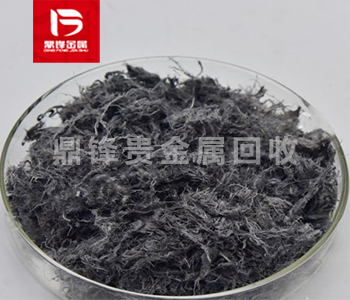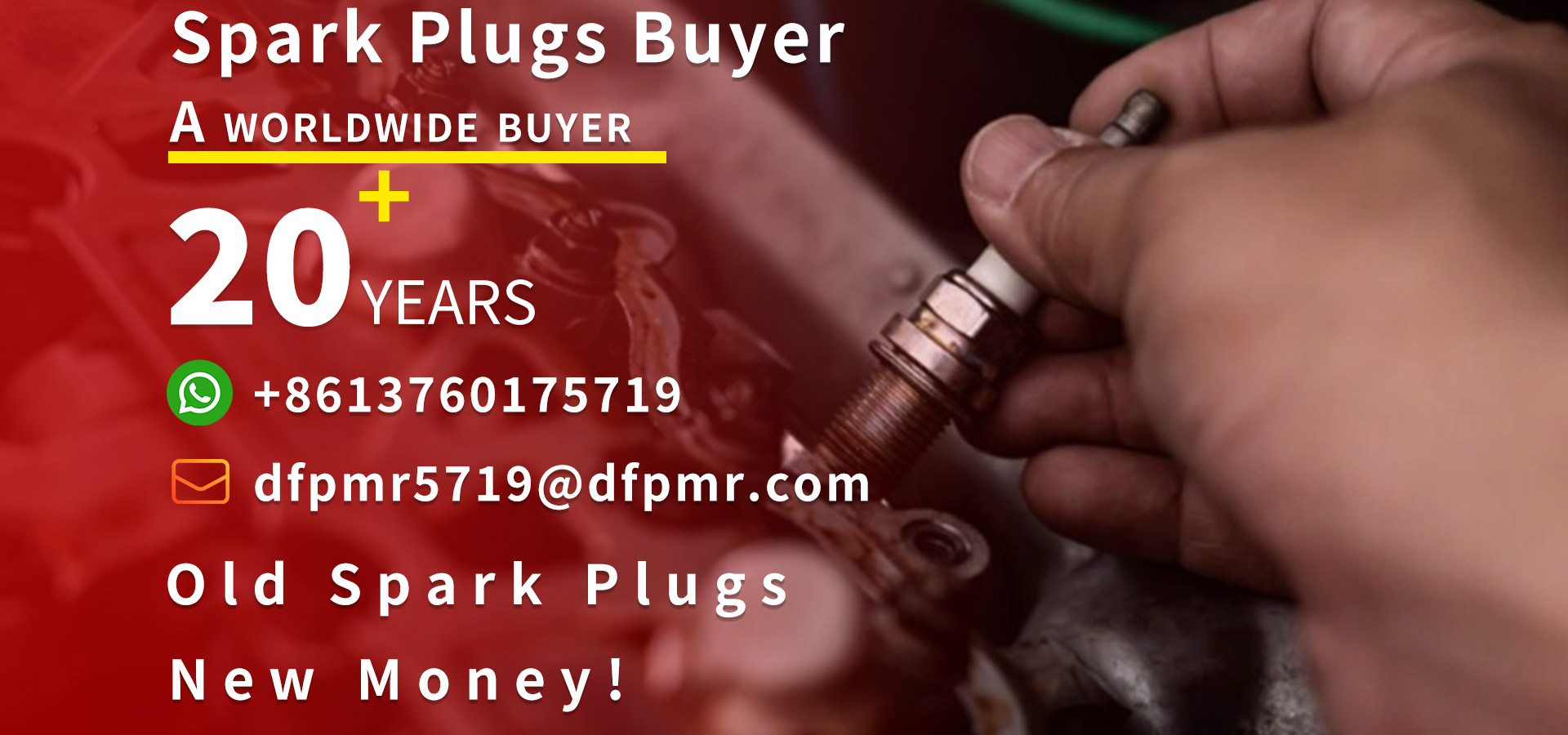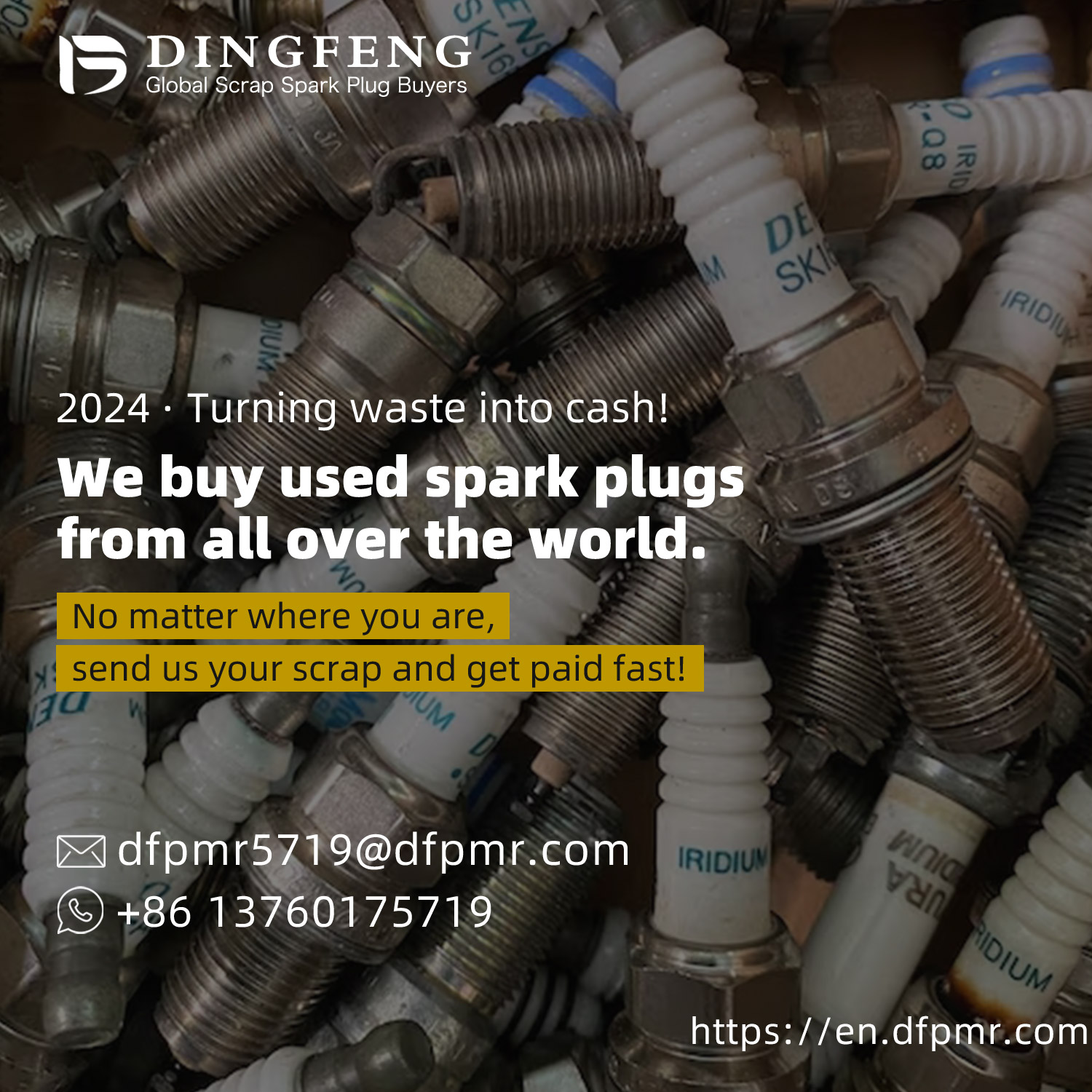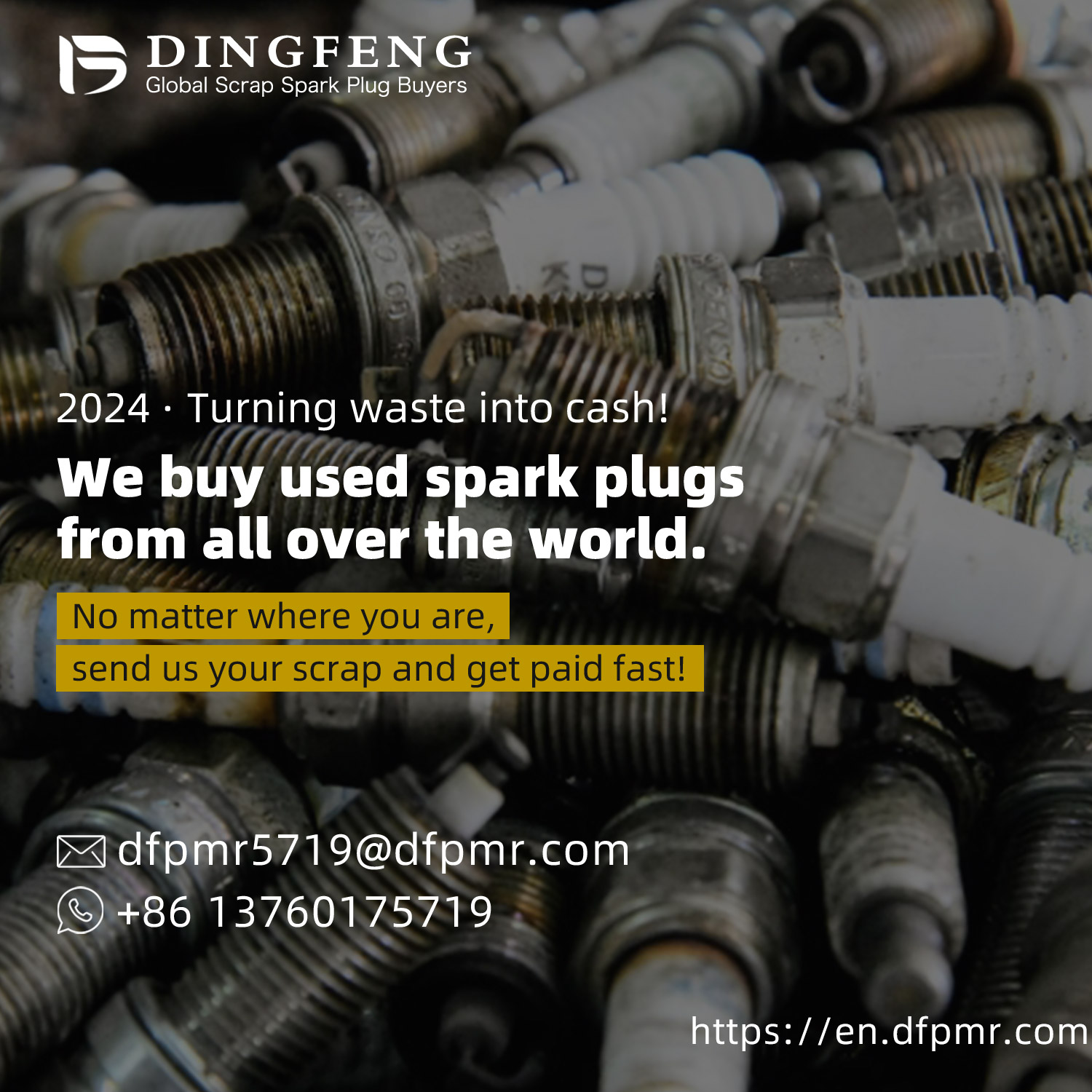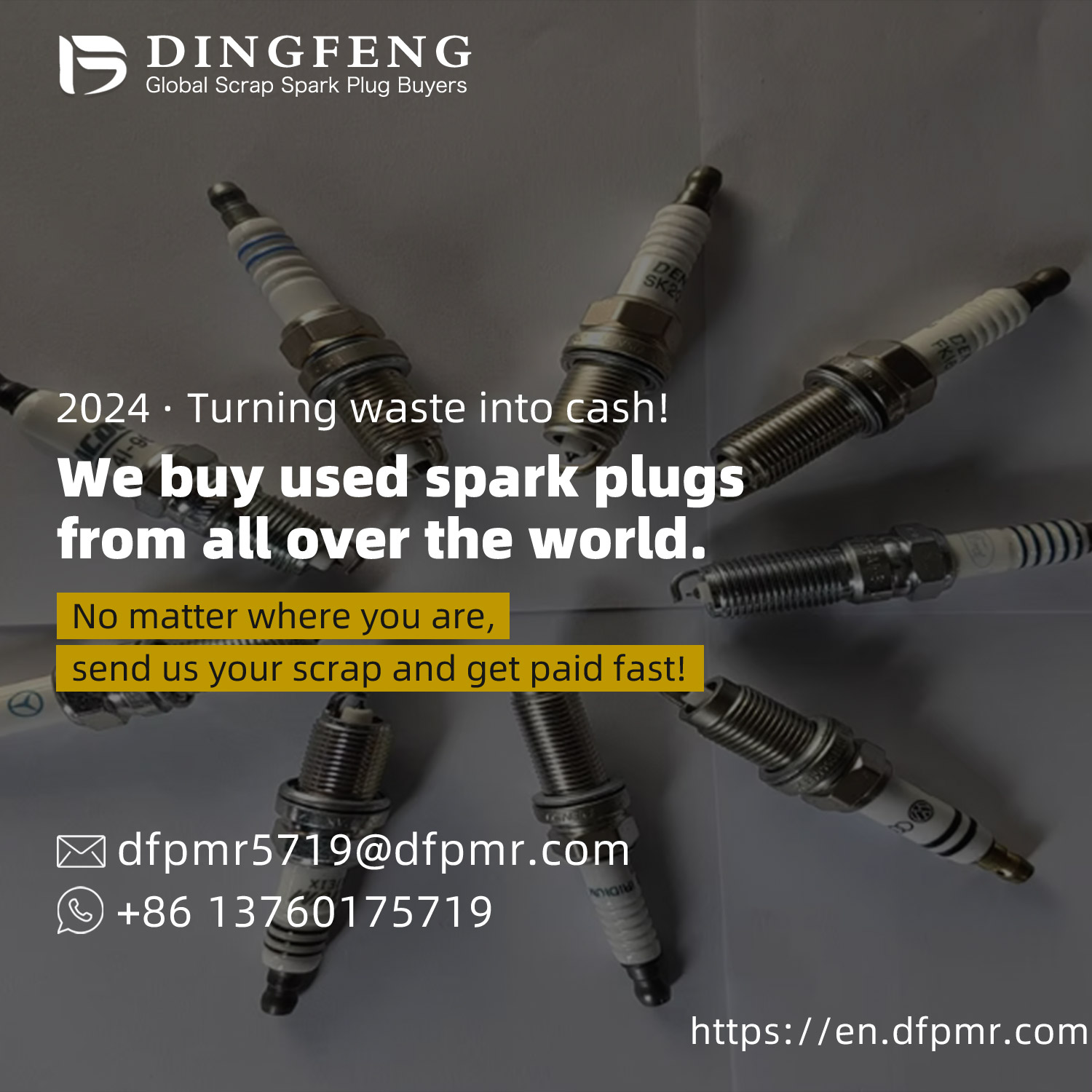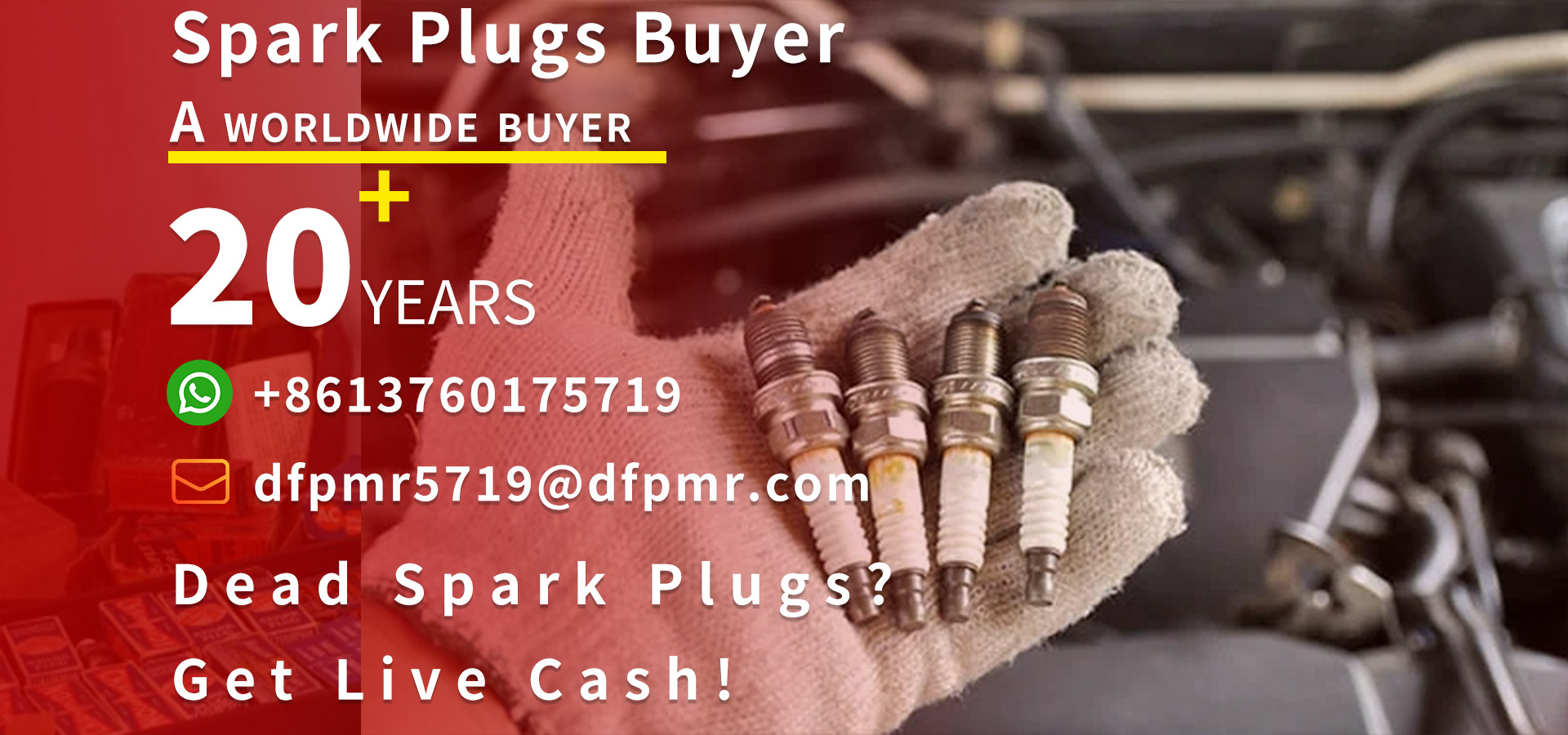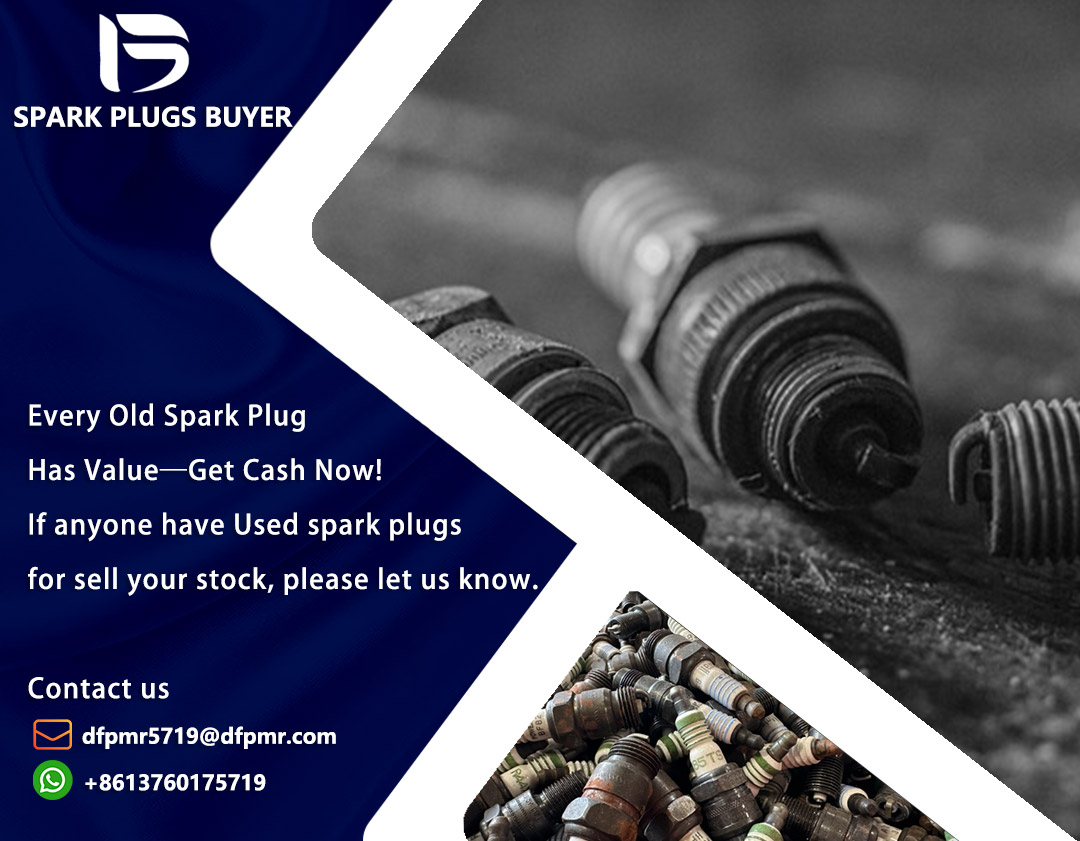Silver Slurry Recycling: Solar Silver Slurry Recycling Methods and Technologies
The solar photovoltaic industry is a major pillar of sustainable energy and has received widespread attention and rapid development in recent years. A large amount of silver paste is used in the produ
The solar photovoltaic industry is a major pillar of sustainable energy and has received widespread attention and rapid development in recent years. A large amount of silver paste is used in the production process of solar cells, of which about 30% is not fully utilized, resulting in resource waste and environmental pollution. Therefore, the development of efficient solar silver slurry recovery methods and technologies has important economic and environmental significance.
Method and Technology for Recycling Solar Silver Slurry
1. Chemical precipitation method Chemical precipitation method is a commonly used recovery method, which uses the addition of chemical reagents to form insoluble precipitates of metal ions in silver slurry, thereby achieving separation and recovery. The specific operation process is as follows: (1) Mix the waste silver slurry with an appropriate amount of reducing agent to fully react and generate metal silver precipitates; (2) Obtaining high-purity metallic silver powder through filtration, washing, and drying; (3) Regenerate the metal silver powder to prepare a new silver slurry.
This method is easy to operate and has a good treatment effect, but it requires a high amount of chemical reagents, which may lead to an increase in treatment costs.
2. Electrolysis method: Electrolysis method uses current to drive the migration of silver ions in an electric field, achieving the separation and recovery of metal ions in the silver slurry. The specific operation process is as follows: (1) Dilute the waste silver slurry and put it into the electrolytic cell; (2) Set appropriate voltage and current parameters to migrate silver ions towards the anode and precipitate metallic silver on the anode; (3) Collect, wash, and dry the precipitated metallic silver to obtain high-purity metallic silver powder; (4) Regenerate the metal silver powder to prepare a new silver slurry.
The electrolysis method has a good treatment effect and can achieve a high recovery rate, but the equipment investment is large and the electricity consumption is high.

3. Ultrasonic separation method: Ultrasonic separation method utilizes the cavitation effect and mechanical action generated by ultrasound in liquid to achieve the separation and recovery of metal ions in silver slurry. The specific operation process is as follows: (1) Dilute the waste silver slurry and add it to the ultrasonic treatment tank; (2) Turn on the ultrasonic equipment, set appropriate power and processing time to aggregate the metal silver particles in the silver slurry into clusters; (3) Collect metal silver clusters through methods such as filtration or centrifugal separation; (4) Wash, dry, and crush the collected metal silver pellets to obtain high-purity metal silver powder; (5) Regenerate the metal silver powder to prepare a new silver slurry.
The ultrasonic separation method is simple to operate and has low equipment investment, but the treatment effect may be affected by the properties of the waste silver slurry material and ultrasonic parameters, and further optimization is needed.
This article introduces three methods and technologies for recovering solar silver slurry, namely chemical precipitation method, electrolysis method, and ultrasonic separation method. These methods have their own advantages and disadvantages, and suitable recycling methods can be selected based on specific circumstances. By efficiently recycling waste silver slurry, the production cost of solar cells can be reduced, resource utilization efficiency can be improved, and environmental pollution can be reduced. In future research, recycling methods and technologies can be further optimized to improve recycling efficiency and economy, providing strong support for the sustainable development of the solar energy industry.
&Quot; Dingfeng Precious Metals Recycling includes precious metals such as gold, silver, palladium, rhodium, platinum, germanium, iridium, ruthenium, etc. This is our business in precious metal recycling. If you have precious metals such as gold, silver, palladium, rhodium, platinum, germanium, iridium, ruthenium that need to be recycled, please contact us and we will provide you with a satisfactory price& Quot;



